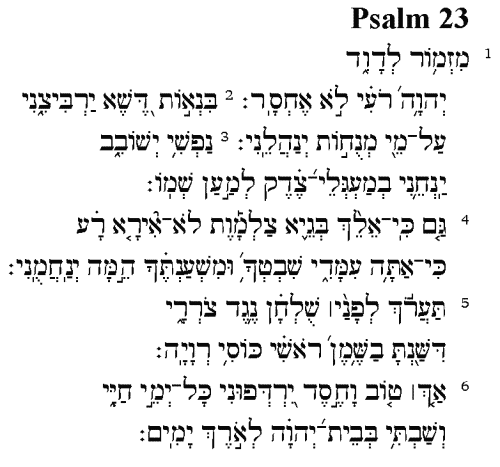It's a massive topic, one that occupies no small place in the Hebrew prophets (e.g. the 'cup of wrath' image -- if not the actual phrasing -- appears in over 30 places). However, it's a helpful example of seeing how such Biblical metaphors (e.g. what Dr. Kline labelled 'prophetic idiom') function within the prosecutorial-lawsuit focus of the prophets.
In other words, the 'cup' is an idiomatic way of expressing the dual sanctions (blessing and cursing, Deut. 28) of the covenant -- a sign of fullness/blessing from YHWH for the righteous (Psalm 23:5) and a sign of divine judgment from YHWH against the wicked (Psalm 73:5).
When Jesus asks Peter, "Shall I not drink the cup that the Father has given me?" (John 18:11), it's quite clear what 'cup' Jesus is talking about -- the cup of God's divine wrath. Of particular interest is the way all three Synoptic Gospels record the institution of the Lord's Supper and the passing of the 'cup' (Matt. 26:26-29; Mark 14:22-25; Luke 22:14ff) in juxtaposition with Jesus' agonizing Gethsemane prayer to let the 'cup' pass (Matt. 26:39; Mark 14:36; Luke 22:42). Coincidence??
What emerges from these Gospel accounts of Jesus' final moments prior to his crucifixion
is the way that Jesus brings together these two strands, these two sanctions of the covenant -- blessing and cursing -- in one grand eschatological pronouncement. The cup of wrath is transformed into a cup of grace. Why? Because Christ bears the cup of wrath for his people so that they might experience the cup of grace!
Here is one key example of why you can't reduce all covenants to pure grace. Certainly the outcome of Jesus' bearing the Father's wrath is one of 'grace' to us (the application of redemption). But in looking at the covenant between Jesus and the Father (the pactum salutis), it's difficult to understand how drinking the cup of divine wrath can be interpreted as being 'graced' by the Father. That certainly would be a rather strange definition of grace!
This also helps illumine the context of Paul's lengthy treatment on the Lord's Supper in I Corinthians 10-11, particularly as it relates to the dual covenantal sanctions. Paul describes the Supper as a 'cup of blessing' for the Church (I Cor. 10:16). Further, he equates the cup with the New Covenant (I Cor 11:25). So far so good...but it's not the end of the story. So much of the 'discussion' in Chapter 11 has centered on what Paul means by 'examine himself' (11:28) and 'discern the body' (11:29). However we take Paul's language in vs. 27-29, it's clear that whoever this person is that drinks in an unworthy manner, that person drinks judgment on himself. How can something be a 'cup of blessing' and a 'cup of judgment'? Could it be that Paul is using 'dual sanctions' of the 'cup' in I Cor. 10-11 as a way to explain the antithesis he previously articulates between 'the cup of the Lord' and 'the cup of demons' (I Cor. 10:22)?
Whatever be the precise nuance in I Corinthians, the 'cup' image returns in full force when we come to John's Apocalypse. This is not surprising, given the way in which Revelation builds upon, interprets, and Christologizes the prophetic works of the OT. Chapters 13-19 make particularly good use of the 'cup of wrath' image, as the cycles of judgment escalate towards the final judgment! What Obadiah sees from far off, John sees from a closer vantage point...but they both have the 'end' in view.
As I thought about this further, particularly as it relates to a certain mindset in some Reformed circles, it occurred to me that this so-called 'recovery of the arts' among Reformed Christians is actually muted by (post)modern, theological reductionism. That is, they like the Old Testament's artistic images that describe 'brokenness' and God's delivering us out of such 'brokenness'. But they don't particularly like the Old Testament's artistic images that describe the cup of wrath as a drunk woman who gnaws on shards and tears out her whoring breasts (Ezekiel 23:32-34).
Part of the brilliance in the OT prophetic literature is its ability to use idiomatic metaphors to enlighten the *fullness* of God's covenantal dealings with the world! This is particularly true when you look at the 'cup of wrath' -- the idiom helps to put human flesh on the notion of 'divine wrath' (which easily becomes theologically abstract without it).
It's not that the imagery/metaphor of 'brokennes' is a bad one or an unimportant one (cf. Psalm 109:16, Isa. 30:26, and more). The problem is that it's not a branch strong enough to carry the theological weight placed upon it by those that seem to refer to it all the time.





